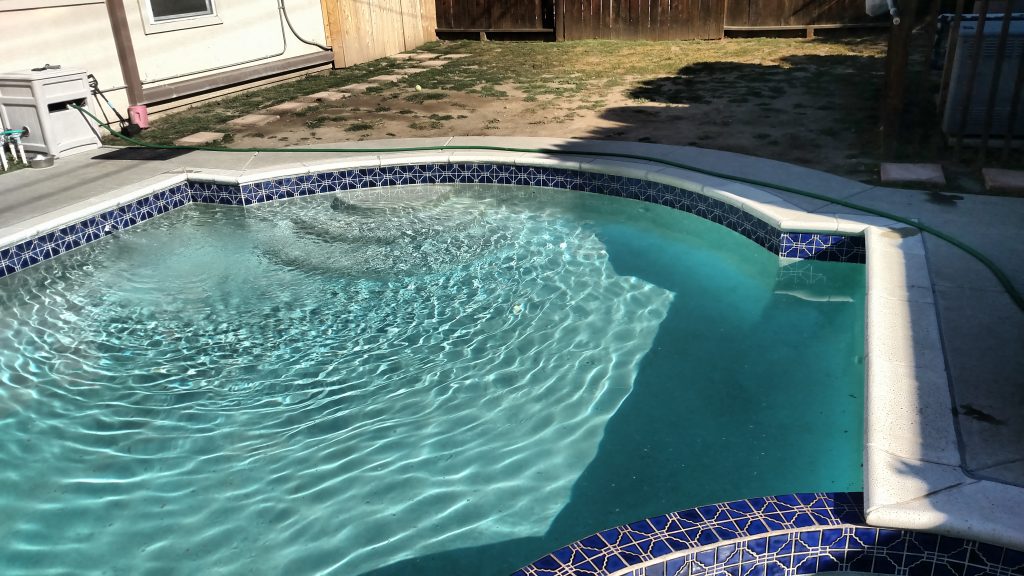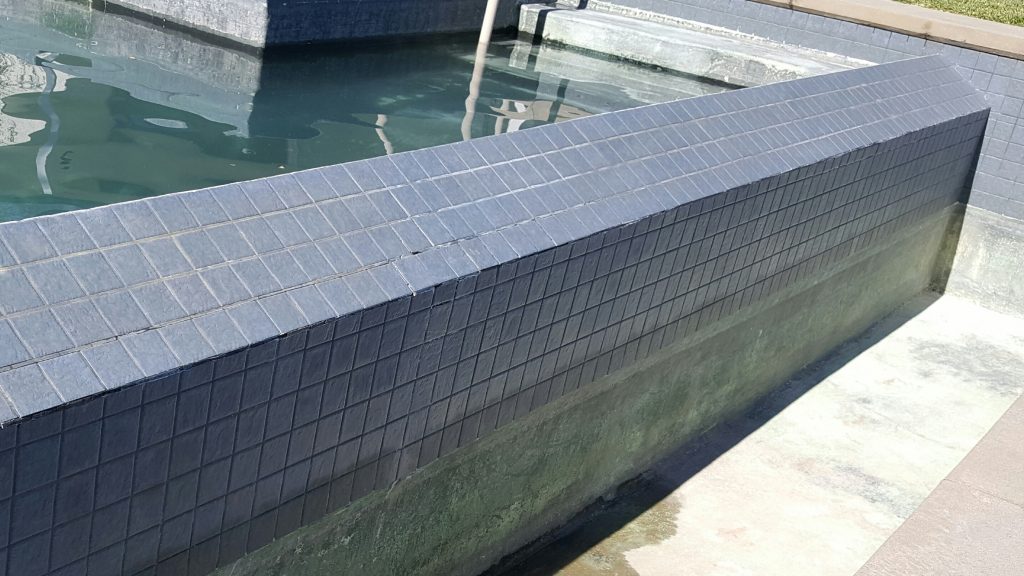How do you clean your pool? Do you carry out a simple series of basic tasks and call it a day?
Even though you can skate by with that approach to pool cleaning in the short term, there’s a day you’ll pay the price — and you won’t like it.
I’ve got a better approach for you. Hear me out: It won’t be harder than what you’re already doing and certainly not take more time.
It’s just a smarter way to clean your pool, get better long-term results, and protect your pool from becoming harmful.

How to Clean Your Pool Better and Smarter
1. Clean the edge of the pool
Cleaning the edge of the pool is a tedious task that is often postponed. However, we recommend that you regularly clean the edge of your pool.
You will thus eliminate the lime at the height of the water line. If you put off this task over and over, you will have a hard time removing the scale deposit.
Therefore, take the time to meticulously clean the edge of your pool on a regular basis. You will thus obtain an impeccable water line, without the slightest trace of lime on the interior coating.
2. Add a flocculant
When using the same water for a long time, some concentrations may increase. Too high concentrations of calcium, iron, copper, etc. can cause problems and even cause the appearance of brown spots in the pool. To avoid this inconvenience, a flocculant should be used.
This product precipitates all the impurities and makes them fall to the bottom of the swimming pool. All you have to do is vacuum to remove them from the pool. All you have to do is place the flocculant sachets in the skimmers. Through filtration, the product spreads into the water and takes effect.
This product also makes it possible to obtain perfectly clear water. It is therefore in your best interest to follow this advice.
3. Vacuum the pool
Small impurities precipitated by means of the flocculant must then be removed with a swimming pool vacuum cleaner. There are dozens of models.
Manual vacuum cleaners are relatively inexpensive, although there are also different price categories here. Our general finding is that a more expensive vacuum cleaner, like the Fairlocks, provides more efficient and significantly faster cleaning than a cheaper model.
But cleaning a swimming pool with a manual vacuum cleaner is very laborious and time consuming. The ideal alternative is the robotic pool cleaner. In this case, the vacuum does all the work for you.
The purchase price is higher than that of a manual vacuum cleaner. But one thing is certain: a robot makes your job much easier and limits the number of products you need to maintain your pool.
4. Remove the leaves
The leaves have a bad influence on the quality of the water since they absorb a lot of chlorine. It is therefore essential to remove them using a landing net.
Don’t forget to empty the skimmer baskets regularly. These are indeed often filled with leaves.
5. Clean the roller shutter
Many impurities clump together on the surface of the roller shutter and inside it. To remove these impurities and preserve the appearance of your roller shutter, you should take the time to clean the shutter completely.
An effective product is Roldeck descaling agent. With the help of a good sponge, you can clean the roller shutter in the blink of an eye. It is not recommended to bathe directly after cleaning. It is better to wait until the product is fully assimilated. So wait a short day before going into the water.
6. Perform a backwash
The backwash (or backwash) of the swimming pool filter is an essential task. Without backwash, your filter can indeed become clogged. Under the most extreme conditions, it could even explode.
To avoid this inconvenience, the solution could not be simpler: perform a backwash once a week in order to permanently remove the impurities from the filter. This will prevent an increase in pressure inside the filter.
7. Add fresh water regularly
Our last tip should only apply a few times a year. Adding new water to the pool reduces certain concentrations of salts and metals, such as chlorides, iron, copper, etc.
These concentrations must be reduced in order to guarantee good disinfection of the swimming pool water. In addition, high concentrations of metals can cause brown spots to appear in the pool.
To avoid this inconvenience, add 3 to 5% of the total water volume in your pool at least 3 times a year. Warning: do not use well water in particular. This indeed contains too high concentration of these metals. You could therefore make the situation worse.
Do you have more questions about cleaning your pool? Please do not hesitate to contact us.
